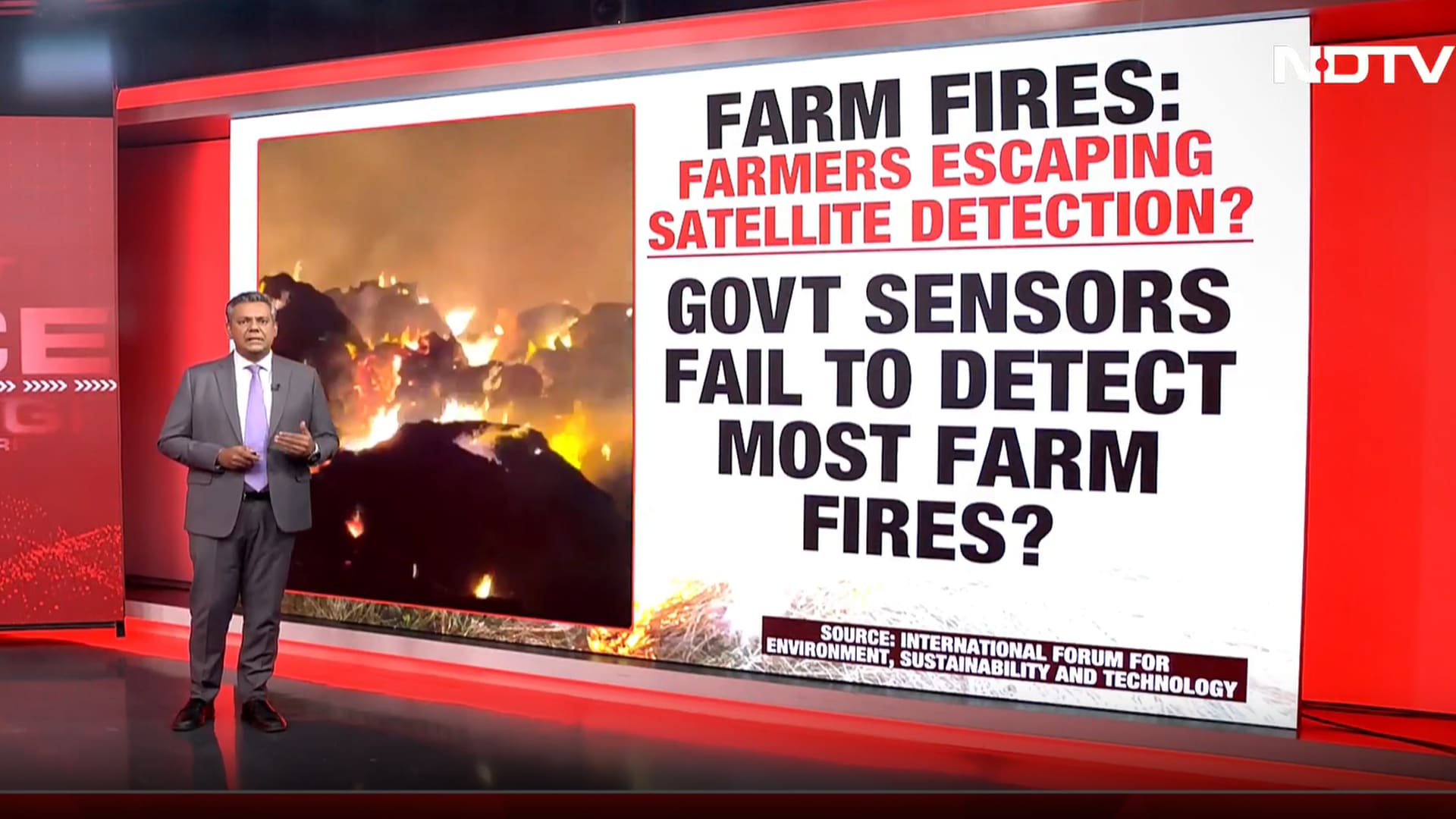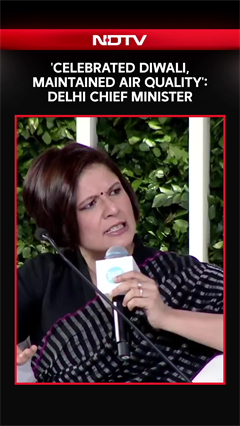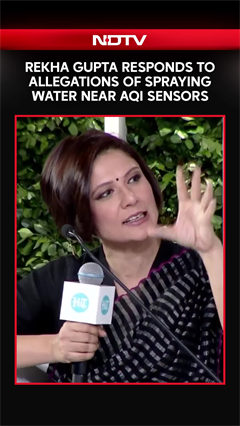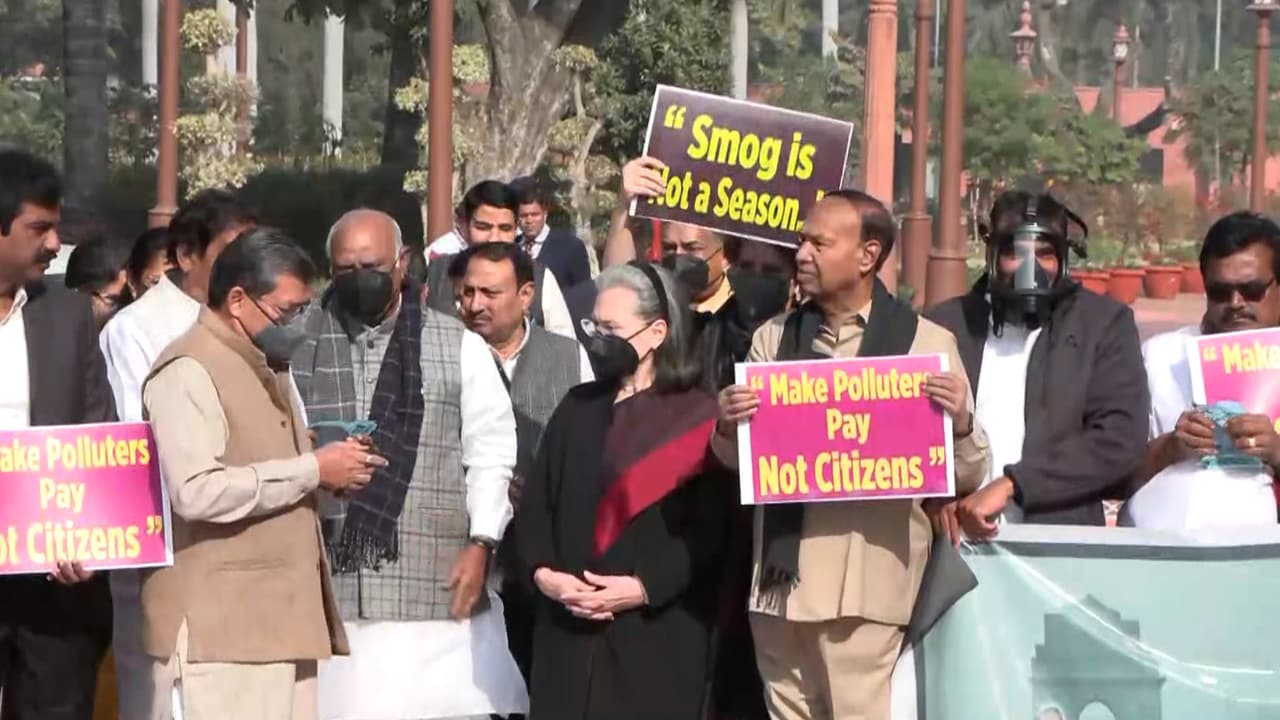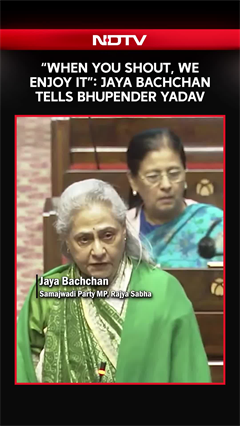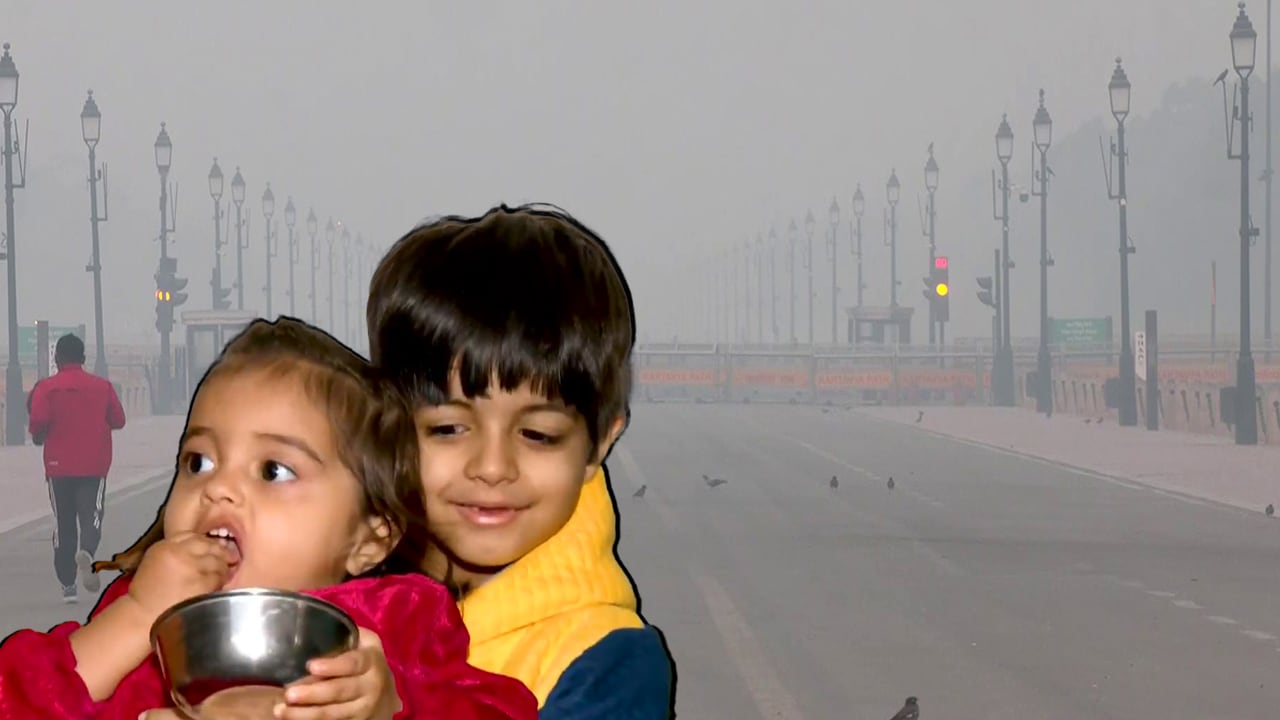- Home/
- Only 3% Of Hours A Year Offer Clean Air, Comfortable Conditions In Delhi: Study
Only 3% Of Hours A Year Offer Clean Air, Comfortable Conditions In Delhi: Study

Only three per cent of the hours in a year in Delhi offer both clean air and thermally comfortable conditions necessary for safe natural ventilation, according to a new study.
The study, conducted by CEPT University and climate-tech firm, found that Delhi records around 2,210 thermally comfortable hours with outdoor temperature in the range of 18 degrees Celsius to 31 degrees Celsius.
But 1,951 of those hours also coincide with poor air quality (air quality index above 150). That leaves just 259 hours in the year, about three per cent, when residents can enjoy both clean air and pleasant temperatures.
The study, presented at the Healthy Building 2025 Conference of the International Society of Indoor Air Quality on June 8, said the overlap of heat and air pollution severely limits opportunities for safe natural ventilation.
Compared to Delhi, Bengaluru fared much better with over 8,100 hours of acceptable air quality and minimal overlap between thermal comfort and pollution. Ahmedabad, despite being warmer, also offered more usable outdoor conditions.
However, Chennai, like Delhi, saw 88 per cent of its comfortable hours affected by poor air quality.
The researchers said the study shows that convergence of heat and pollution is becoming widespread across Indian metros.
Conventional building operations, either based on fully sealed air-conditioned spaces or unfiltered natural ventilation, no longer meet the needs of urban India, they said.
To address the challenge, the study recommends mainstreaming Personalised Environmental Control Systems (PECS) in Indian buildings.
These systems offer filtered ventilation, occupant-level control and localised thermal comfort and are especially useful in mixed-mode buildings that shift between natural and mechanical ventilation based on time of day, season or pollution levels.
"PECS (ventilation) contributes to both short-term and long-term health and energy performance outcomes," said Rajan Rawal of CEPT University, a leading building science expert.
"With ongoing improvements in AQI across Indian cities, there is growing potential for occupants to utilise natural ventilation when outdoor conditions permit. Nevertheless, PECS continues to offer substantial energy savings under prevailing conditions," he said.
The modelling by researchers found that PECS can save up to 72 per cent energy used for ventilation in Chennai, 70 per cent in Ahmedabad and 68 per cent in Delhi, compared to conventional air-conditioned setups.
"PECS work especially well in conjunction with low-energy solutions like ceiling fans and task-based ventilation," Mr Rawal added.
(Except for the headline, this story has not been edited by NDTV staff and is published from a syndicated feed.)
also read
Latest Stories
- Press Trust of India | Wednesday December 10, 2025 , New Delhi
Amid high pollution levels in the capital, the Delhi Pollution Control Committee (DPCC) has issued directions mandating a strict ban on the use of coal and firewood in tandoors across all hotels, restaurants and open eateries in the city.
- Press Trust of India | Monday December 08, 2025 , New Delhi
Delhi's air quality remained locked in the 'very poor' category on Monday, with the air quality index (AQI) staying above 300, while forecasts suggest that pollution levels are likely to deteriorate further.
- Reported by Ashwine Kumar Singh | Monday December 08, 2025 , New Delhi
Delhi Chief Minister Rekha Gupta's remarks about the government using mist sprayers to contain pollution at hotspots has drawn a stinging response from her predecessor Arvind Kejriwal.
- Written by Rupashi Chhabra | Monday December 08, 2025
Maintaining lung health is essential for longevity. Here are five simple steps to perform an anti-pollution lung detox for long-term well-being.
- Edited by Astitva Raj | Sunday December 07, 2025
His post clearly explains the various daily challenges he faced after moving to India from Ireland.
................................ Advertisement ................................
Latest Videos
Opinion
Blog | Well Done, Delhi. You've Turned Lung Sacrifice Into A Badge Of HonourSaikat Kumar Bose
Monday November 10, 2025Till some years back, Delhiites would ask angry questions to those in power about the capitals annual tryst with toxic air. This has changed. Those in the driving seat dont see the need to answer now.
Opinion | Why Indians Have Just Given Up On Air Pollution CrisisTanushree Ganguly
Friday December 20, 2024While some may argue that people in Delhi are now more aware of air pollution than they were a decade back, my rebuttal would be that awareness does not mean that people are concerned.
Opinion | You Must Outrage Over Filthy Air More Than Once A YearJyoti Pande Lavakare
Tuesday December 10, 2024Delhi welcomed us with monsoon rains and mangos. We were home. Fast forward a couple of years, in the winter of 2012, I found myself in denial about something other parents, mostly expats, were calling toxic air.
Opinion | Delhi's Air Pollution Situation Is Like A Bad MarriageNishtha Gautam
Friday November 22, 2024On a good day, such as today, the AQI reading in Delhi is 407. We are jubilant at the sickly sunshine trickling through the slightly dissipated smog. At least its not 1600.
दिवाली... पराली... सियासी जुगाली!Ashwini kumar
Monday November 18, 2024दिल्ली-एनसीआर में प्रदूषण का समाधान तो आज तक मिला नहीं. हर साल चिंतित होकर हम-आप सांसों की तकलीफ के साथ-साथ दिल और ब्लड प्रेशर के मरीज भी क्यों बनें?








